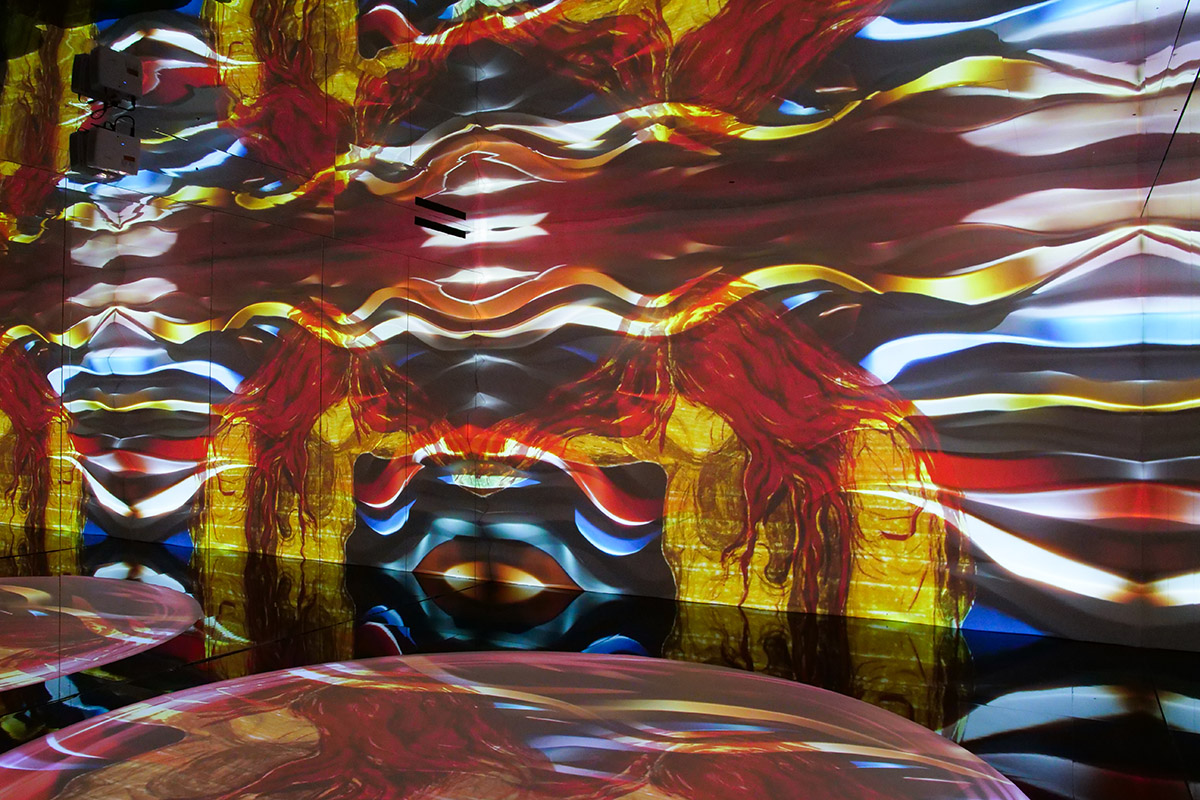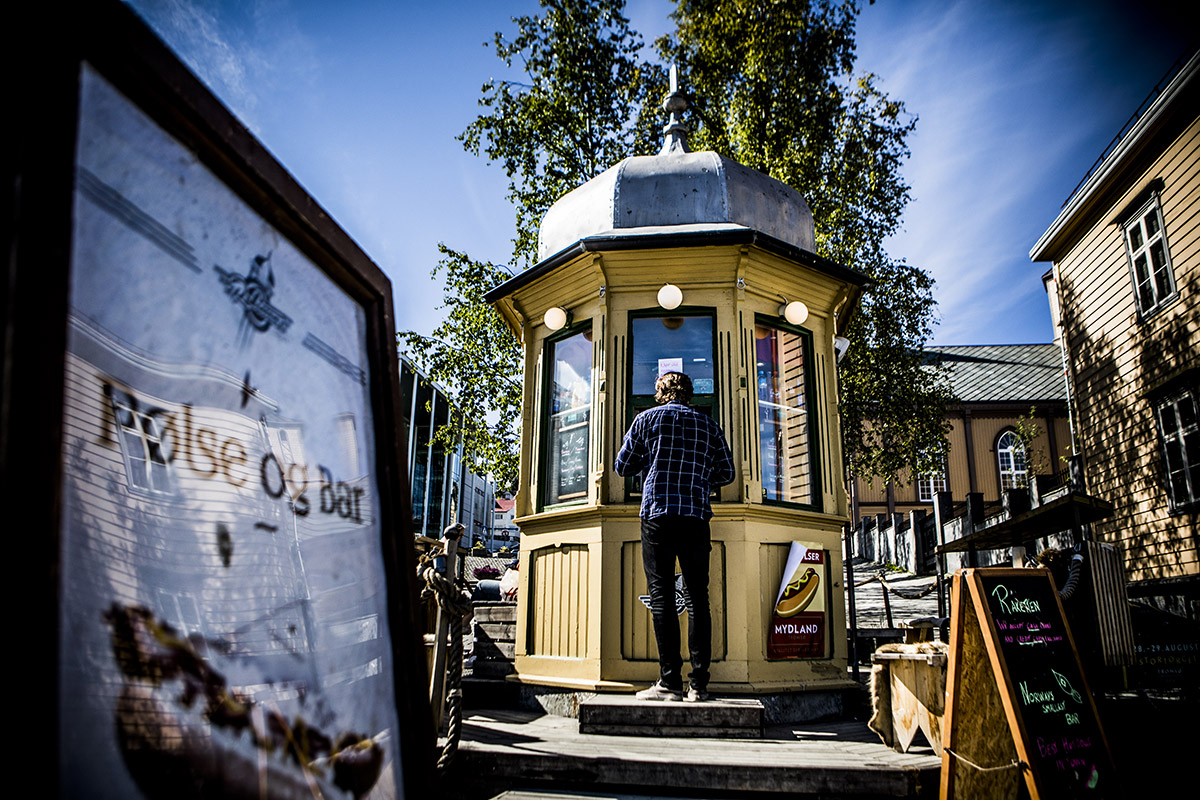Taking the slow road: Norway’s most scenic driving routes
By Monique Ceccato
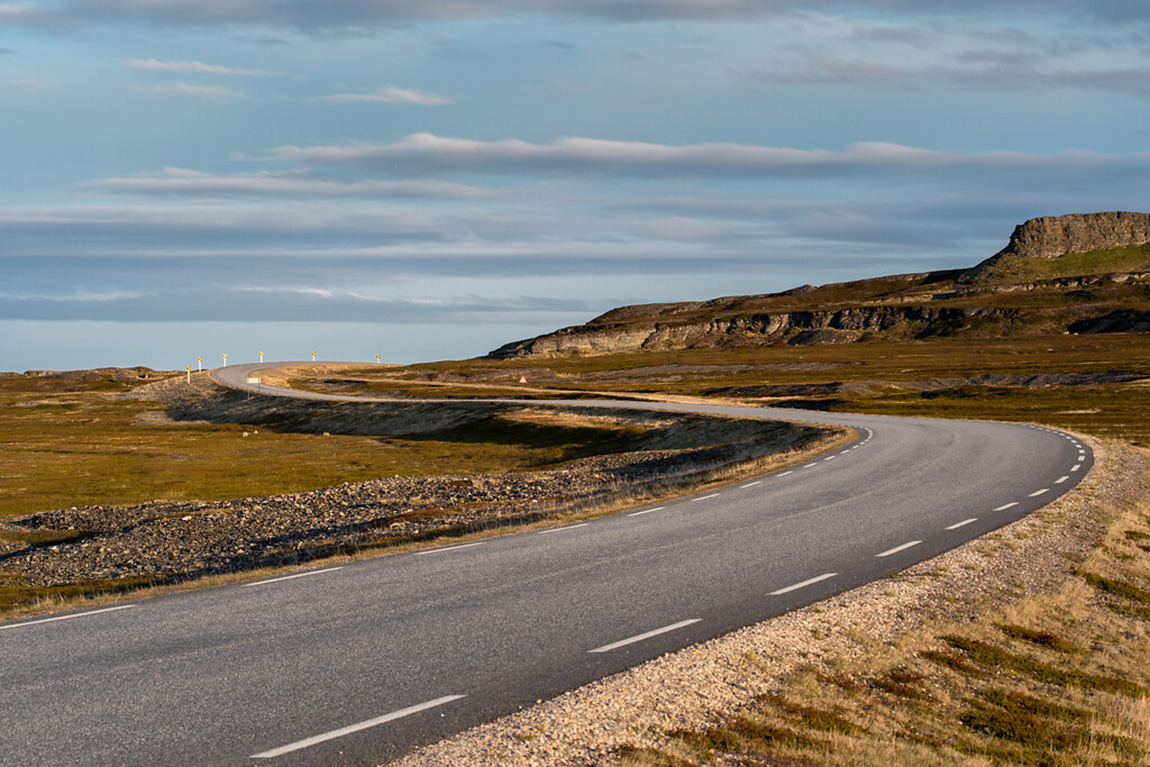
Varanger. Photo: Jarle Waehler, Statens vegvesen
From the long, sandy beaches in the south to the dramatic, mountain-lined coastline in the north, Norway’s landscapes are as varied as the country is long. Taking one of the country’s 18 official scenic driving routes is the best way to immerse yourself in its abundant natural beauty, and these four journeys are as good of a place as any to start.
Scenic route Varanger
Of all of Norway’s official scenic routes, the 160km stretch along the Barents Sea from Varangerbotn to Hamningberg lies the furthest north. The landscapes here are raw and rugged, characterised by flat, rocky expanses, colourful fishing villages, and endless horizons that feel as though you’re en route to the end of the world. It’s a far cry from the fjord-filled countryside so often associated with the country.
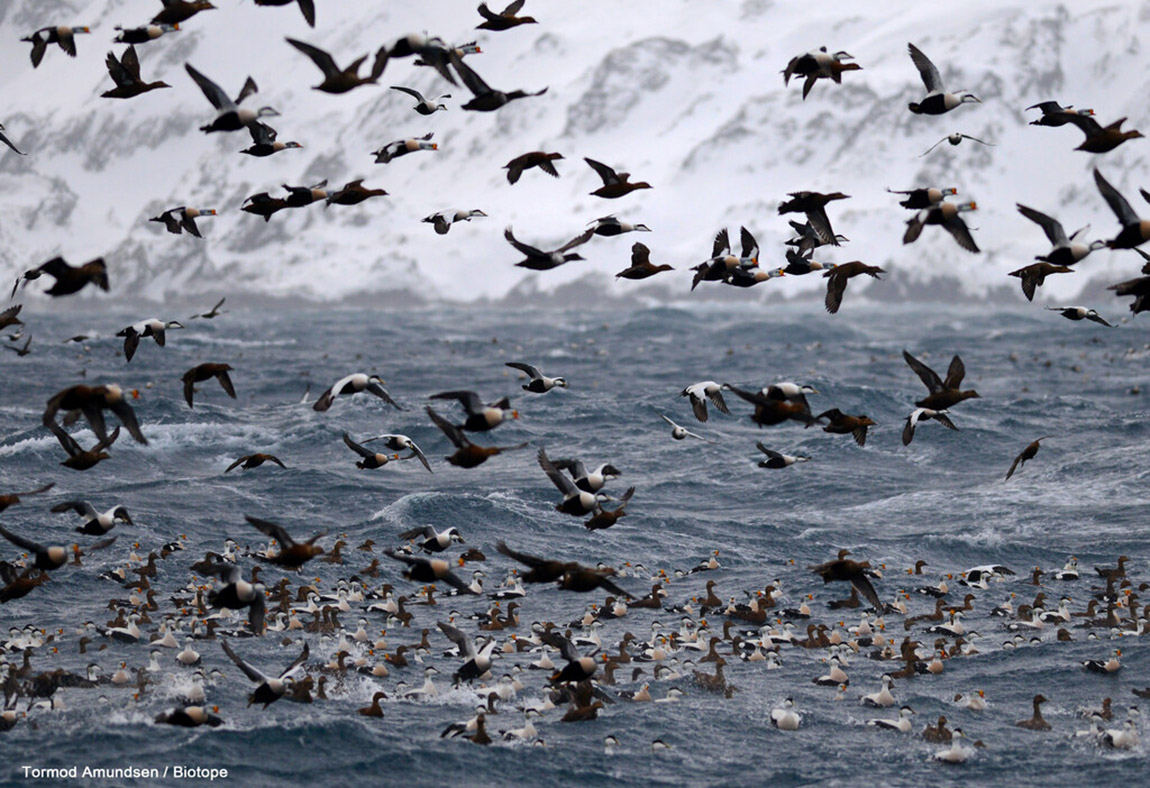
Varanger. Photo: Tormod Amundsen / Biotope
Fly into Kirkenes and drive the hour and a half to Varangerbotn, where traditional handicrafts and the Sami people’s reindeer culture are on display at the Várjjat Sámi Musea. Before setting off down the coastal route, get some fresh air on a walk through the flat, marshy salt meadows of Varangerbotn Naturreservat. Thousands of birds call the reserve home, and there’s plenty more opportunity to spot different species along the drive.
The Varanger peninsula is a wildlife hotspot known for having some of the best Arctic birdwatching spots in the world. One of the most easily accessible is on the Ekkerøy peninsula, where just 20 people and more than 20,000 birds live. Ekkerøy Fuglefjell is a five-minute walk from the car park and is an important nesting site for Kittiwakes, Arctic Skuas, and more. However, the largest nesting site in the region—and home of the Arctic Puffin—is on Hornøya, a short boat ride off Vardo near the road’s termination point in Hamningberg.
End the drive at Hamningberg Park Camper, and park the camper or pitch a tent for the night. It’s only open seasonally from May to November, the battering winter weather closing off tourist access to the area at other times.
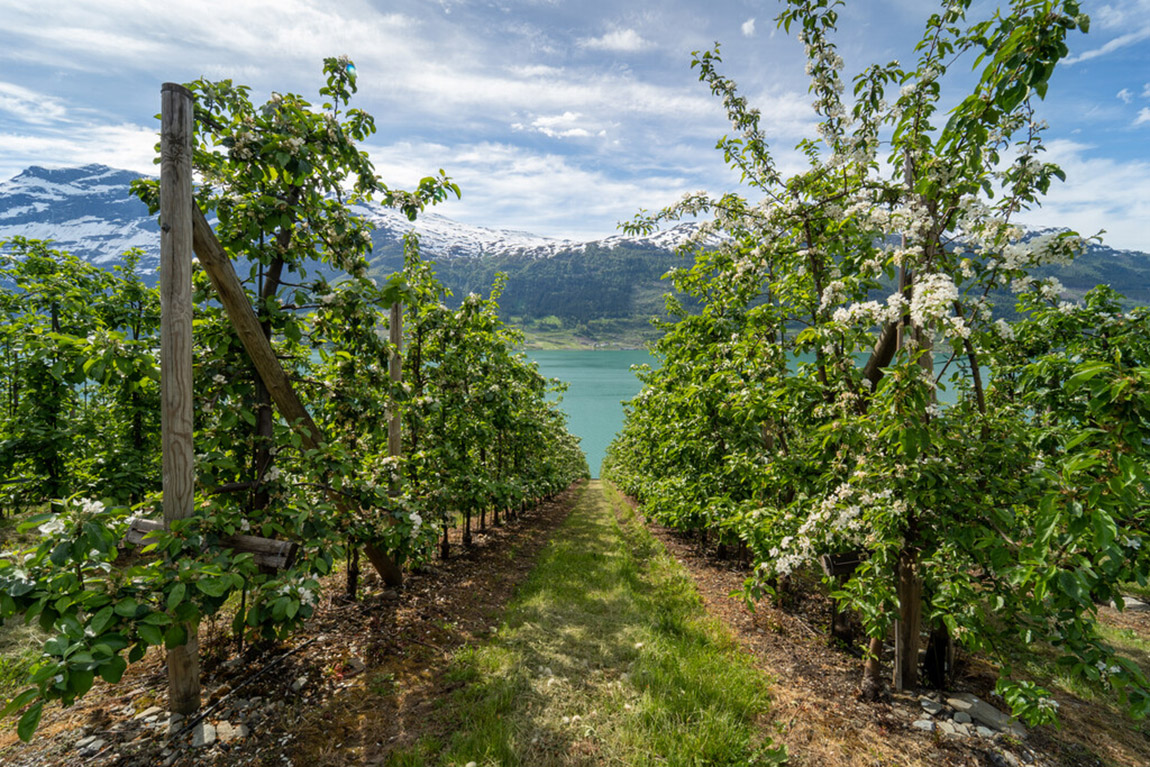
Hardanger. Photo: Frid-Jorunn Stabell
Scenic route Hardanger
Fjords, waterfalls, and crisp apple cider are the Hardanger region’s claims to fame, and on the 158km scenic route from Granvin to Låtefoss, you’ll experience them all. The drive has four distinct sections, each connected by a ferry crossing of the dramatic Hardangerfjord. At 179km, it’s the second-longest fjord in all of Norway, and it’s widely considered one of the most beautiful.
Along the stretch from Kinsarvik to Låtefoss is one of Norway’s most famous waterfalls, the 182m-high Vøringsfossen. Park at the Fossli Hotel and walk to the viewpoint to see the thundering falls, or walk across the top of it on the staircase bridge. Alternatively, adventurers can hike the challenging 6.8km return trail to the base. To walk behind a waterfall’s veil of tumbling water, stop at Steinsdalsfossen, right by the road at Norheimsund.
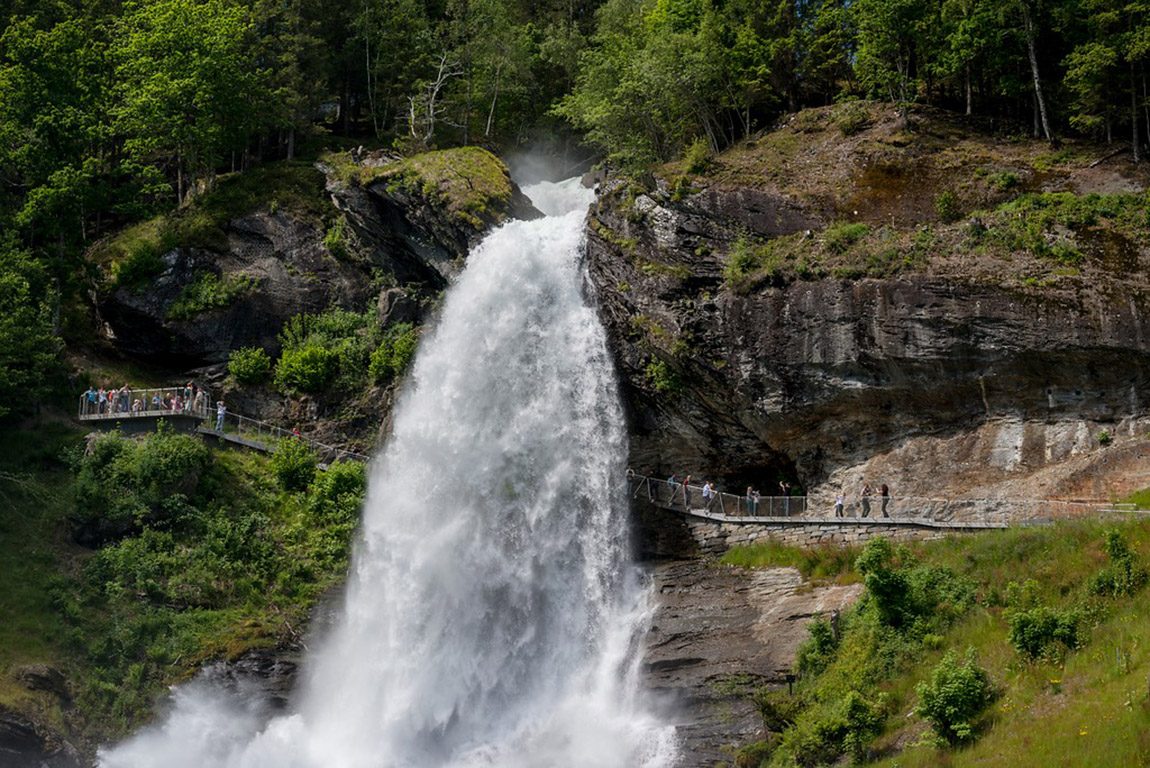
Hardanger. Photo: Roger Ellingsen / Statens vegvesen
On the road to Odda, between the fjord and the mountains, is Aga Sideri. Cider tours and tastings run every Monday to Saturday during the high season, taking visitors through the orchards and behind the scenes of the region’s traditional cider-making methods. Drive a touch further, and you can sample more at the waterfront Ola K, paired with traditional fiskesuppe or a chicken salad. Those behind the wheel can still be involved, opting for the alcohol-free ciders instead.
In Odda, park vans and campervans at Camp Lothepus or indulge in a night in one of Woodnest’s treehouses. From their lofty spot in the woods, the view back over the fjord you’ve come from is unparalleled.
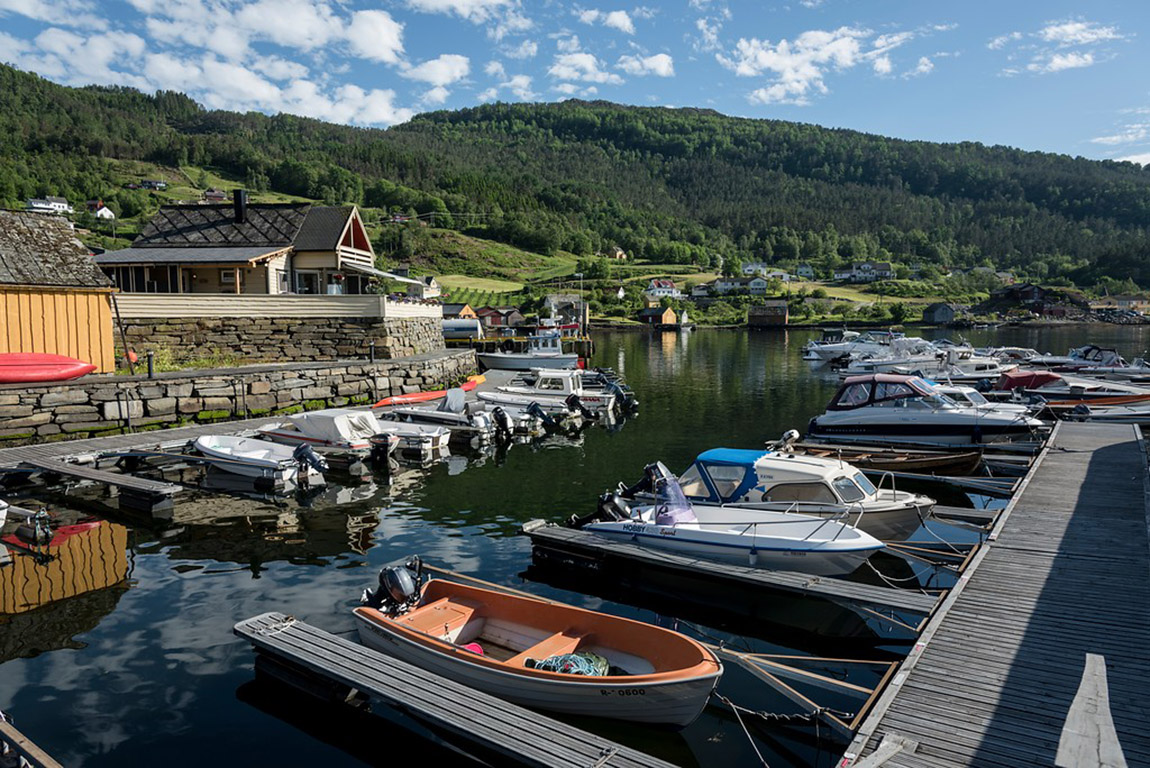
Hardanger. Photo: Jarle Waehler / Statens vegvesen
Scenic route Jæren
Norway’s southern coastal route is vastly different from its northern counterparts, not least because most of the 130km drive from Bore to Flekkefjord is on wide, well-maintained roads. The coastline in the south is less wild and rugged, with sweeping fields and long stretches of white sand beach you don’t find elsewhere in the country. In fact, there are numerous swimmable, surfable, and walkable beaches in the Jæren region, most of which are just a short detour from the official route.
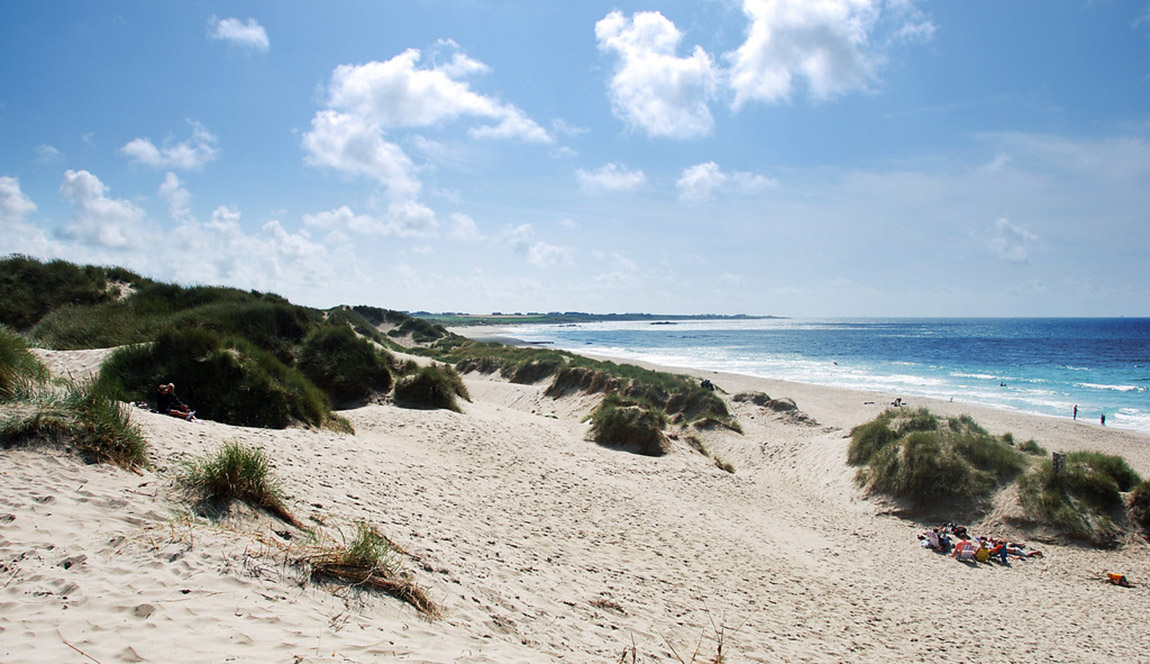
Jaeren. Photo: Hege Lysholm, Statens vegvesen
Solastranda is just north of the official starting point and worth a visit. It’s particularly popular for watersports like surfing and kitesurfing, and there are a few WWII bunker remnants for walkers to explore. Weather permitting, enjoy lunch on the large, dune-protected deck at Solastrand Hotel. Beach-hop down the coastline at leisure, stopping for a soft serve ice cream at Ølbergkiosken, a surf check at Borestranda, and a walk along Norway’s longest sandy beach, Orrestranden.
As you approach Flekkefjord, you’ll see the large Helleren rock ledge that shelters two small timber cabins built circa the 16th century. It’s a great photo stop before heading to the colourful National Heritage village of Sogndalstrand. Wander the narrow, house-lined street, stop at the old prison-turned-bar, and sit down for a burger at Songdalstrand Kulturhotell.
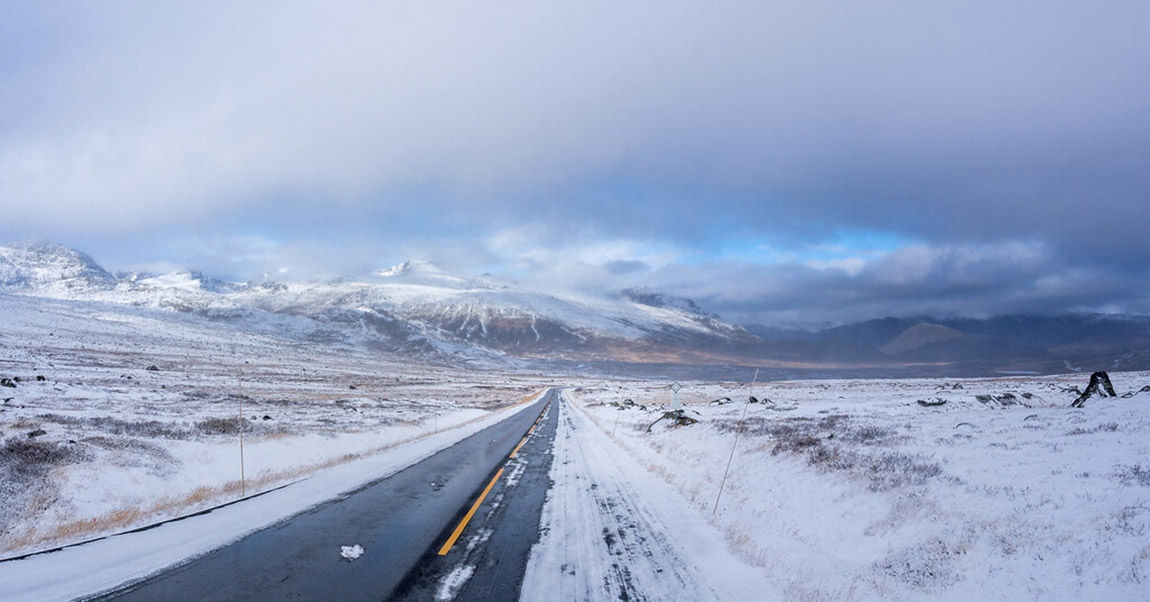
Valdresflye. Photo: Werner Harstad
Scenic route Valdresflye
At just 49km long, the scenic route from Garli to Vågå is short, but it doesn’t mean it’s any less impressive than Norway’s other scenic drives. The road traverses a summer farm and field-covered mountain plateau that, at its highest point at 1389m above sea level, has an unbeatable 360-degree view of the surrounding snow-capped mountain tops.
Adventurers can stretch this drive out with a full-day activity stop at Gjende, a large lake within the Jotunheimen mountain range and Jotunheimen National Park. It’s the starting point of Norway’s most famous hike, the steep 14km Besseggen Ridge crossing. It’s arguably one of the most beautiful, too. Pre-book a ferry ticket and ride it out to Memurubu before walking the 6-8 hours back to the car. The road is closed from mid-November to the end of March, but when it reopens in April, it’s also possible to go cross-country skiing on groomed tracks around the Valdresfyre Mountain plateau.
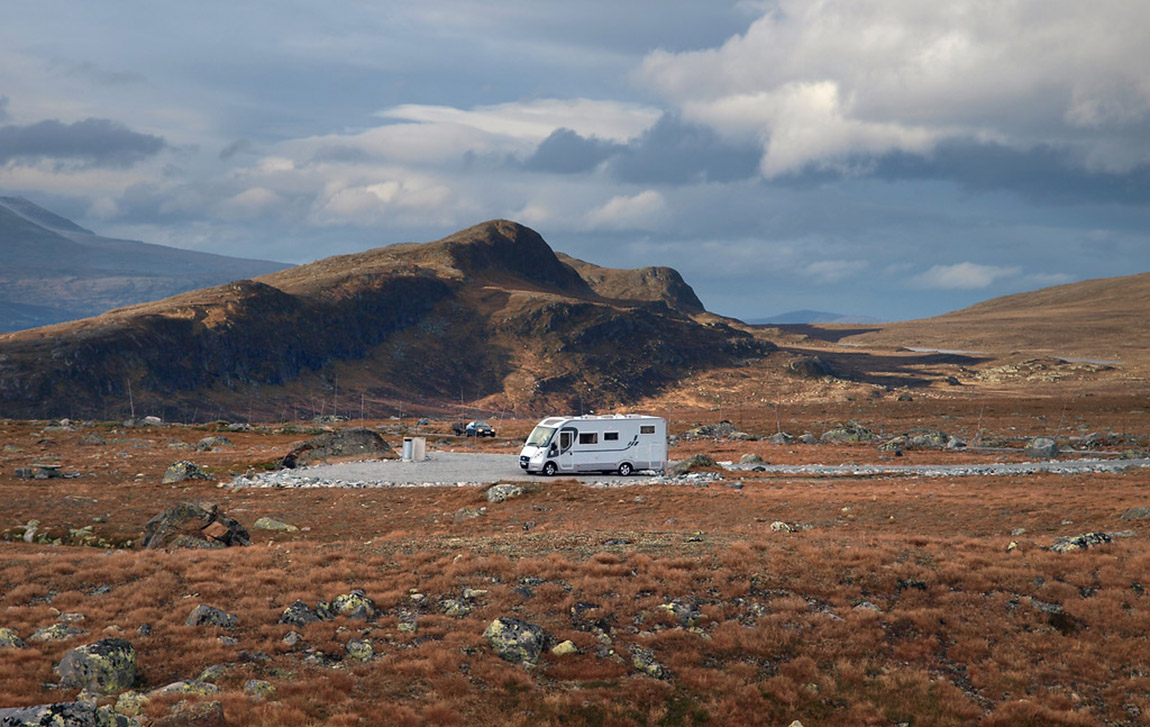
Valdresflye. Photo: Werner Harstad / Statens vegvesen
Warm hjertevaffle with brunost and jam is a welcome reward for a big day of physical activity. Drive around 20 minutes south of Gjende, and you can order some at the family-run Bygdin Fjellhotell. Dine with a view of the lake and surrounding mountains, and either stay the night or continue driving south for even more postcard-worthy mountain views.
Subscribe to Our Newsletter
Receive our monthly newsletter by email




